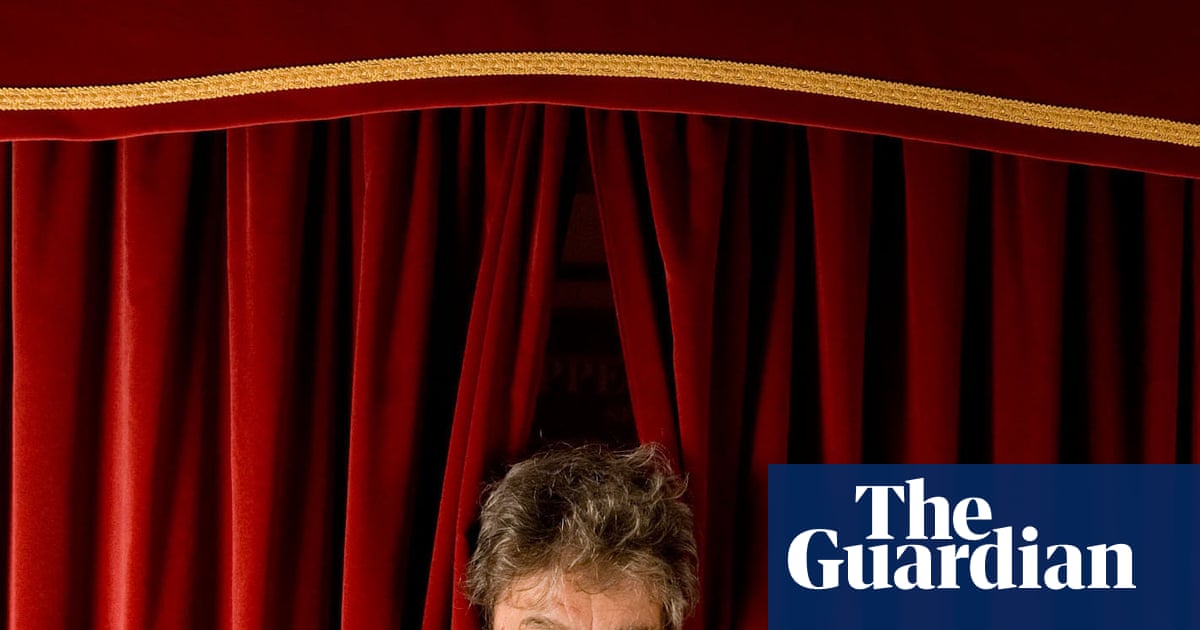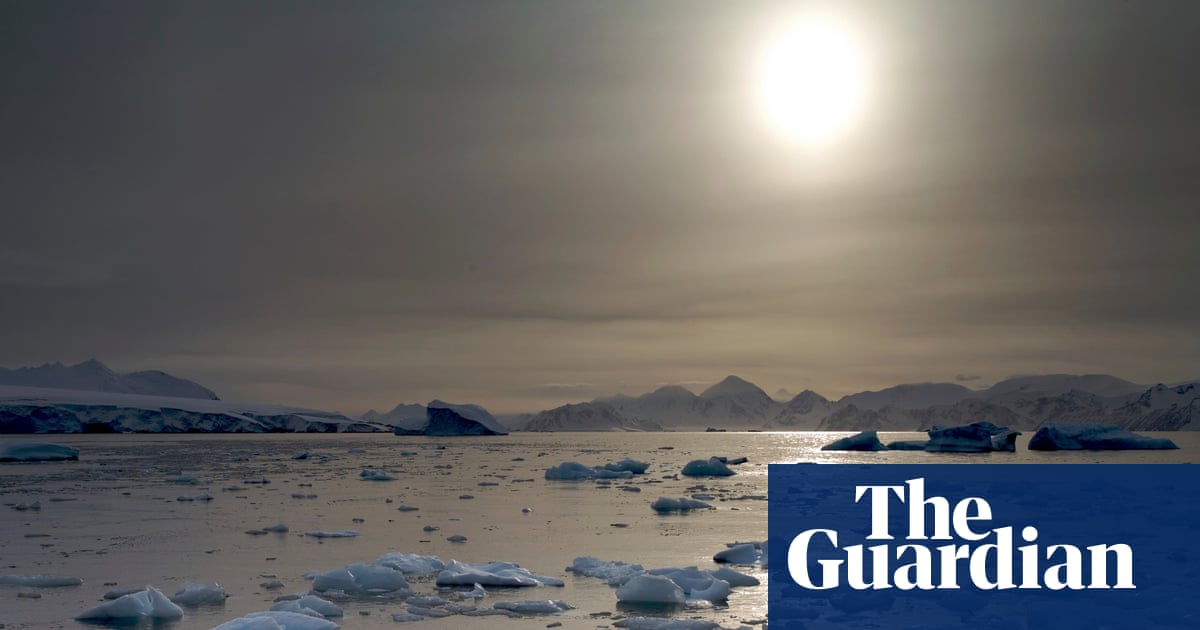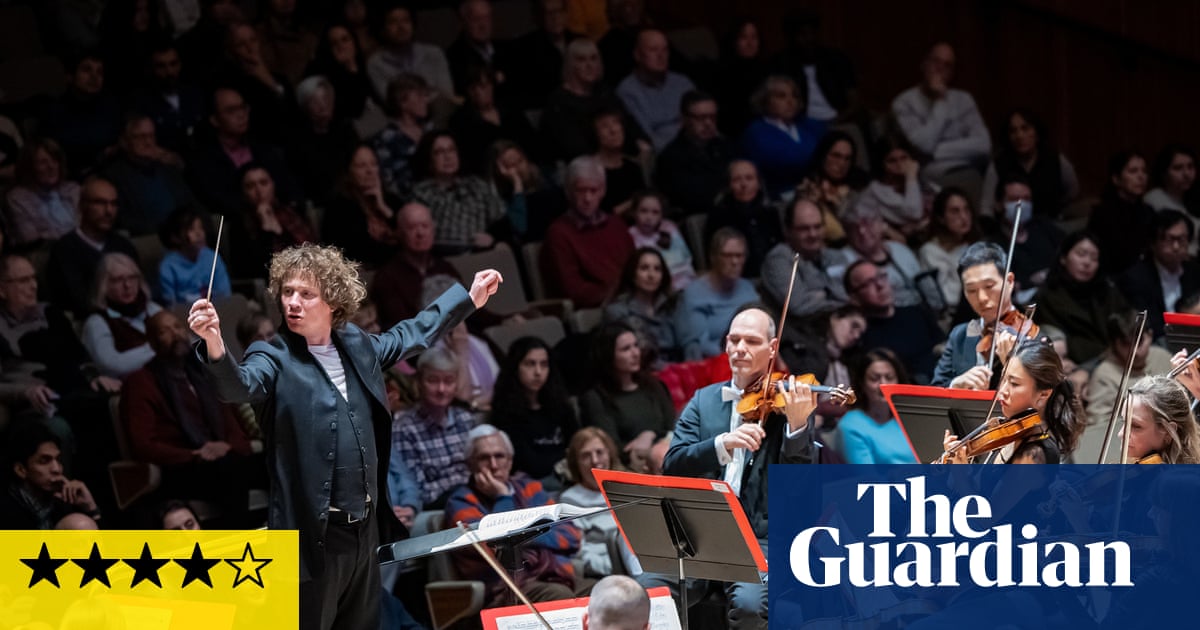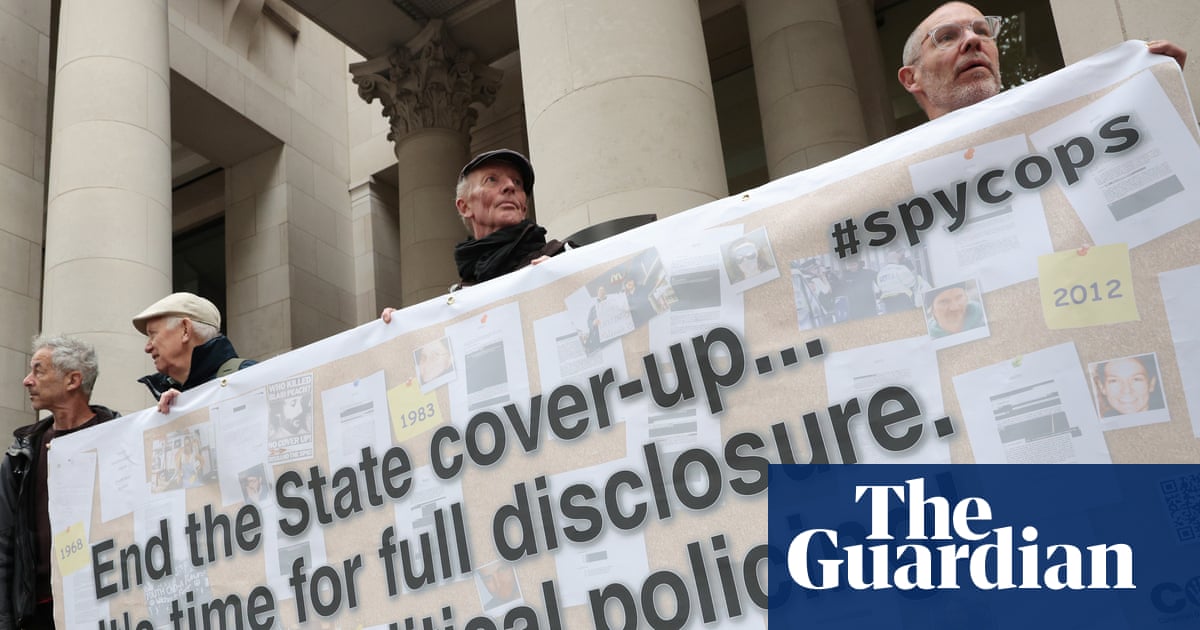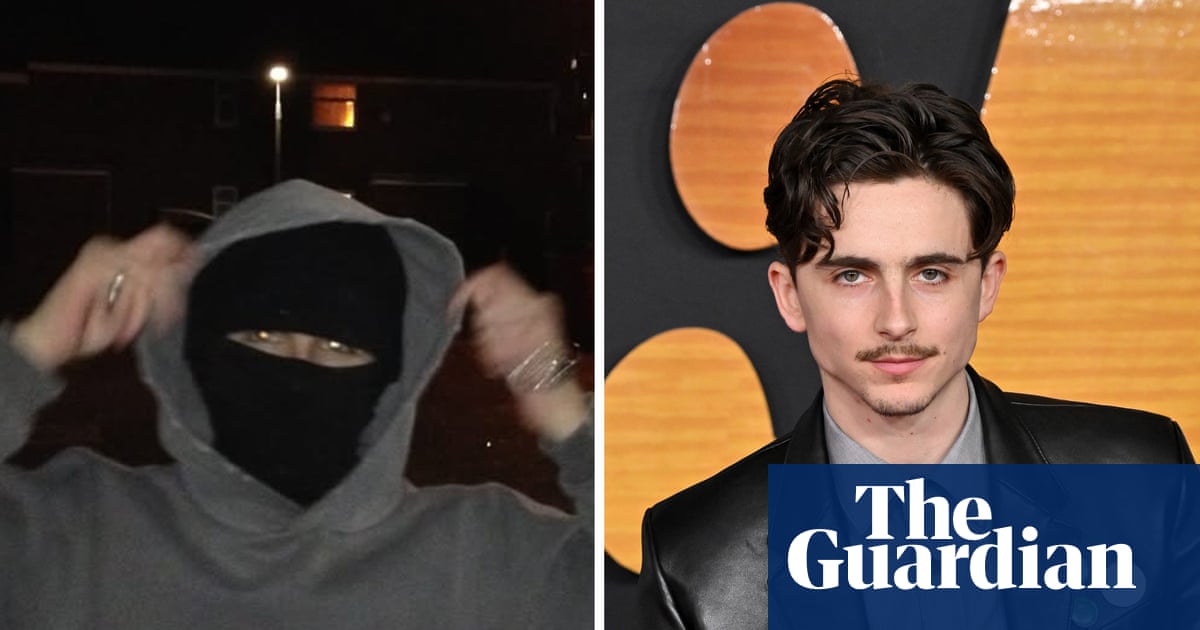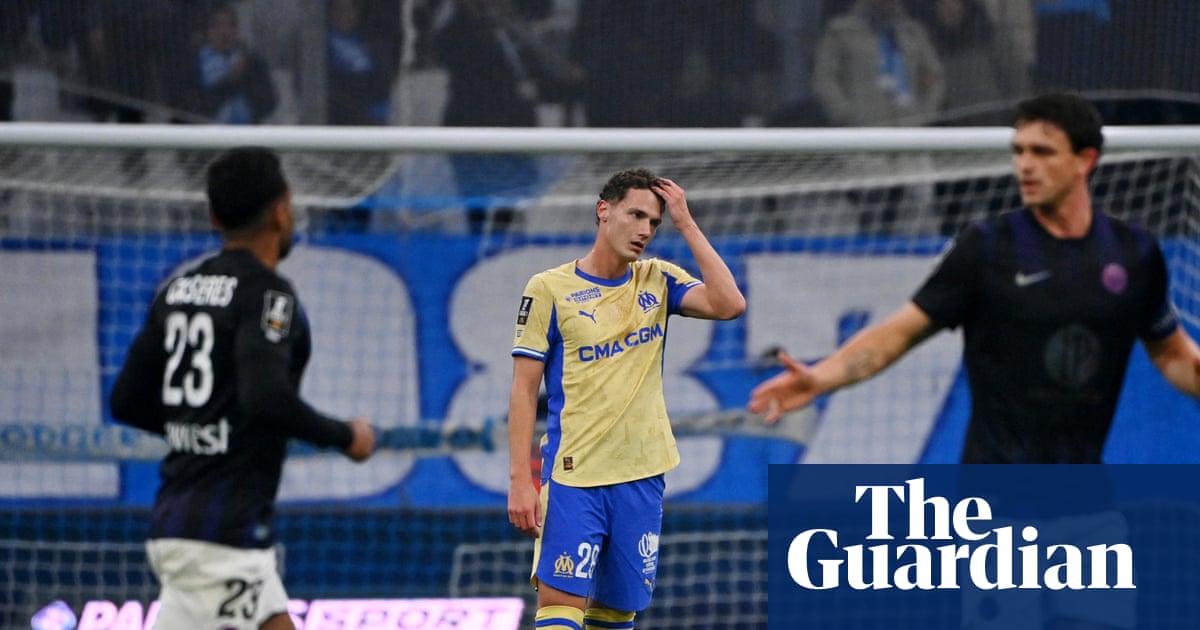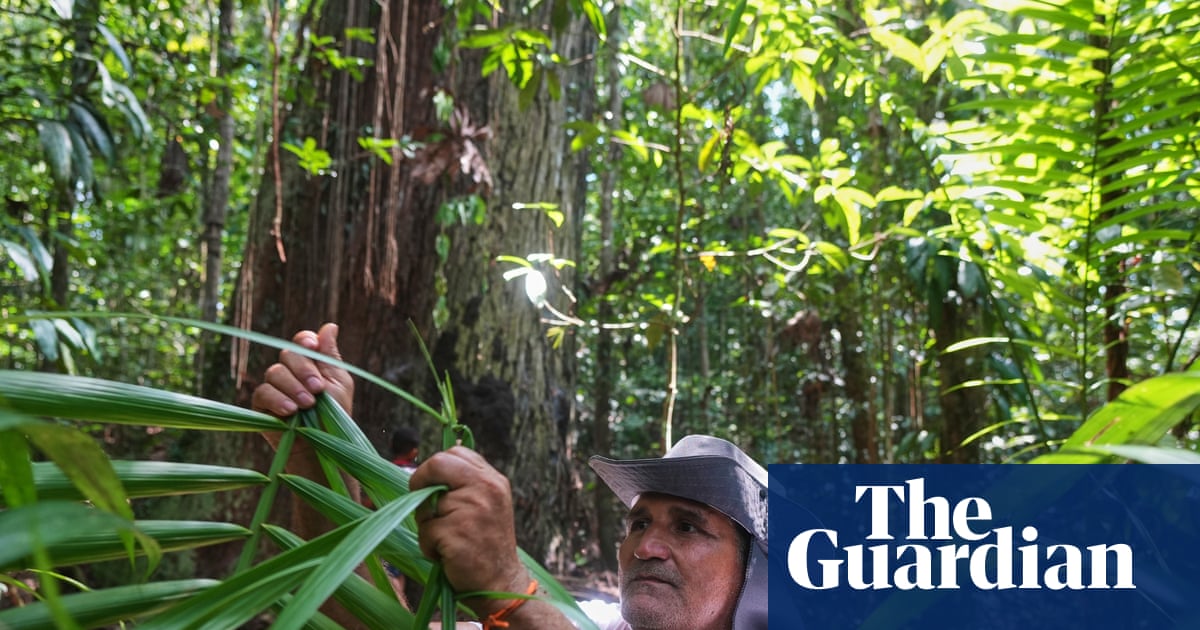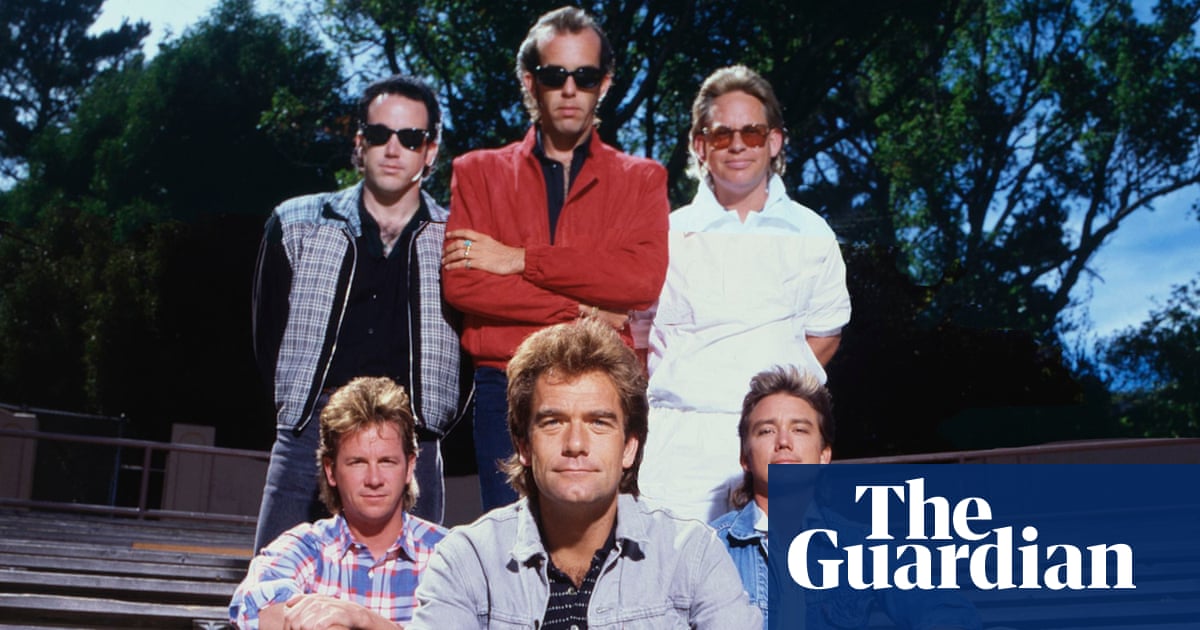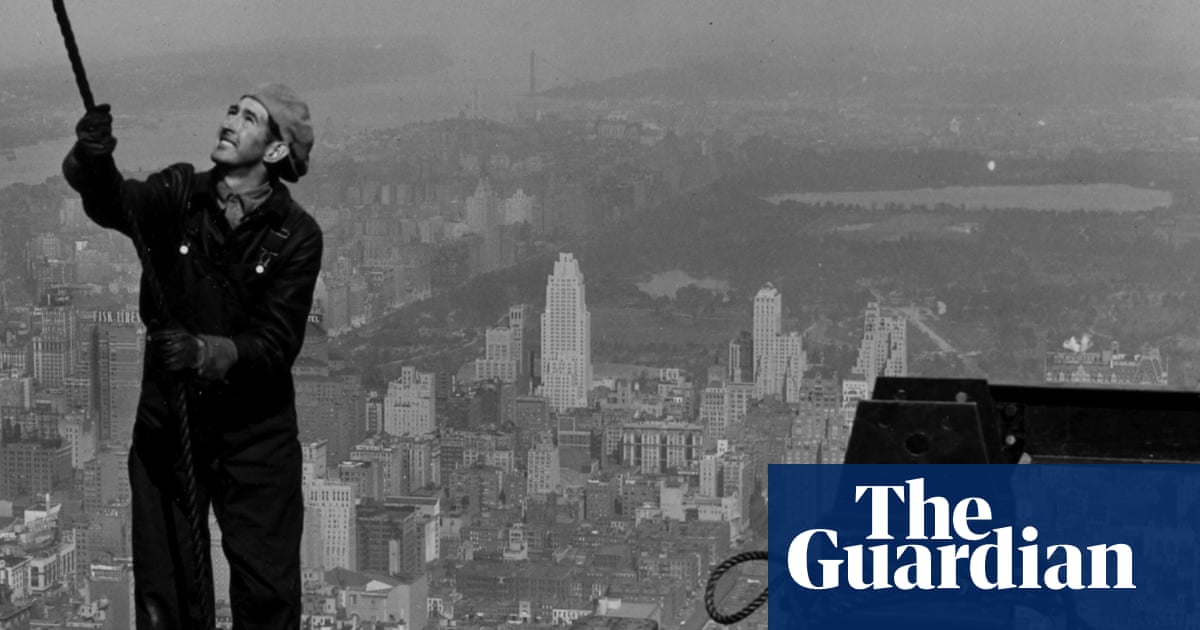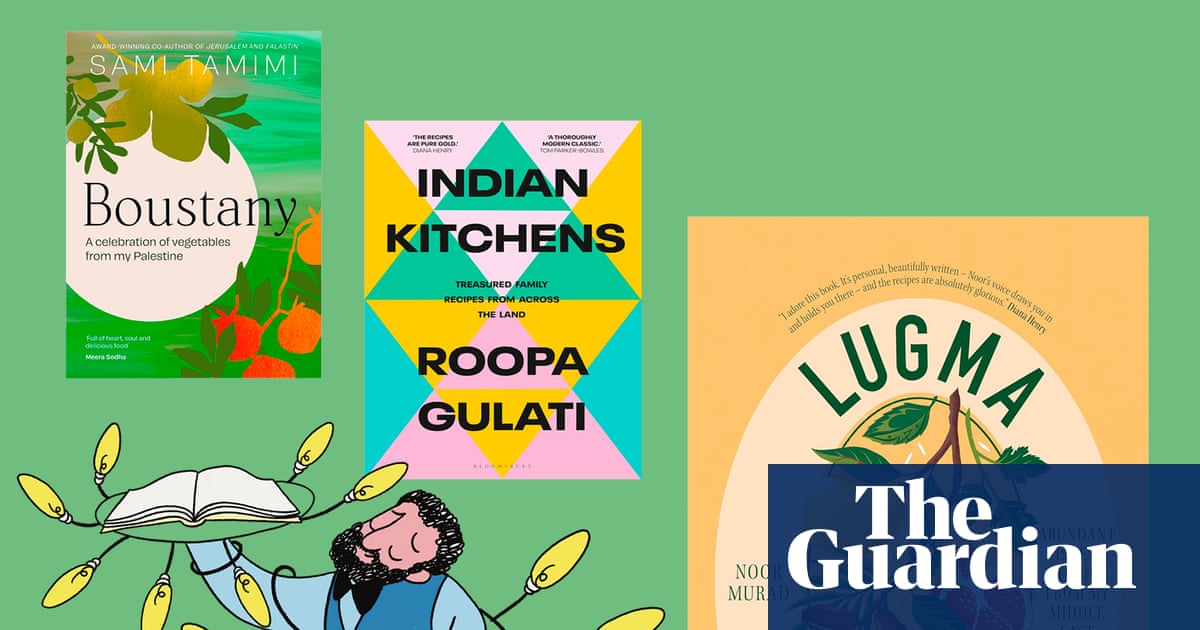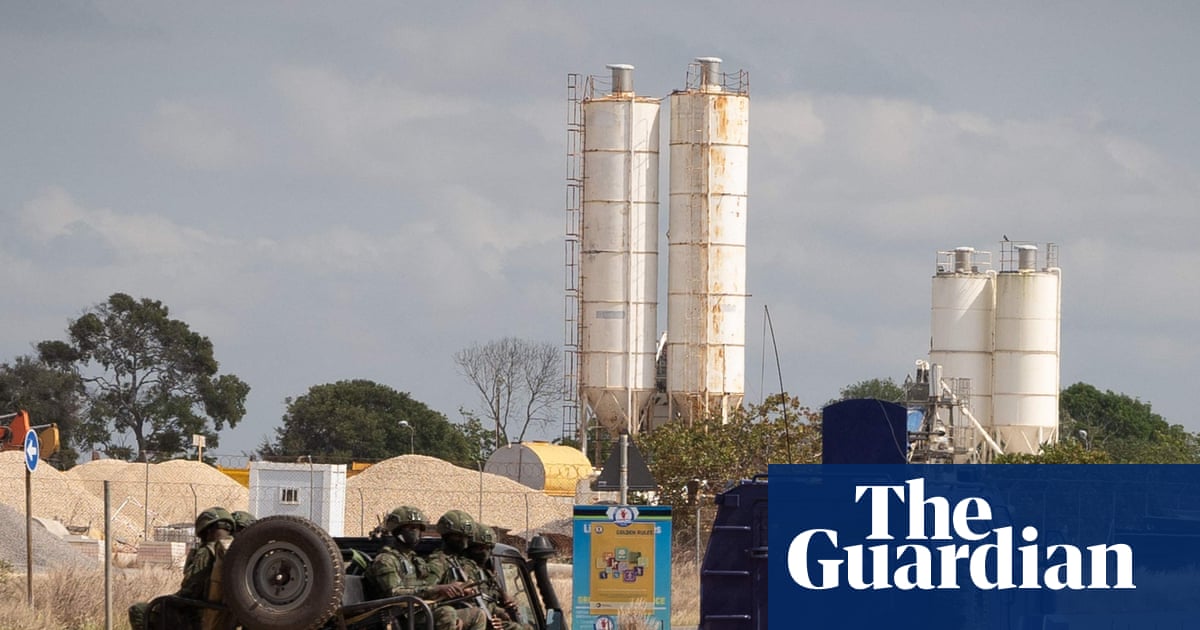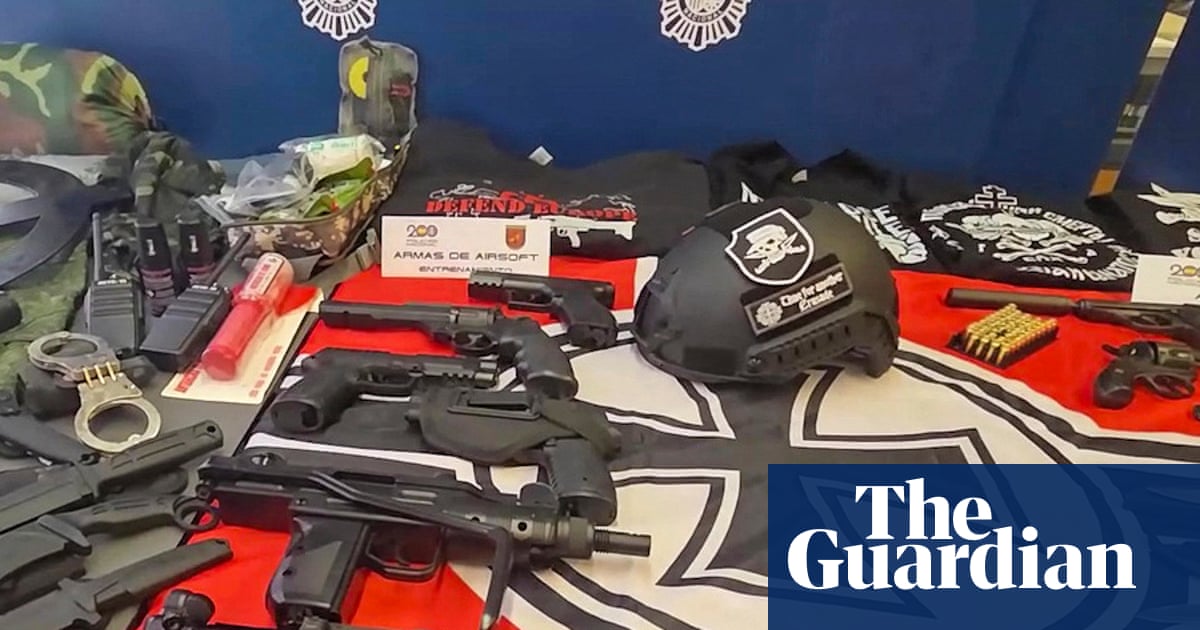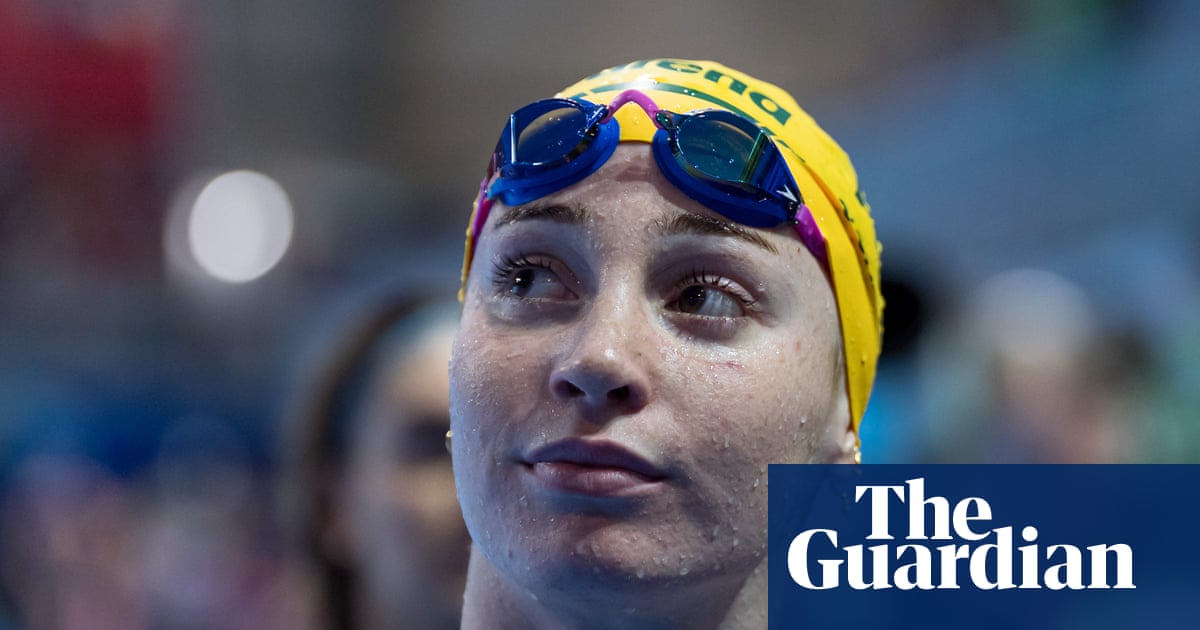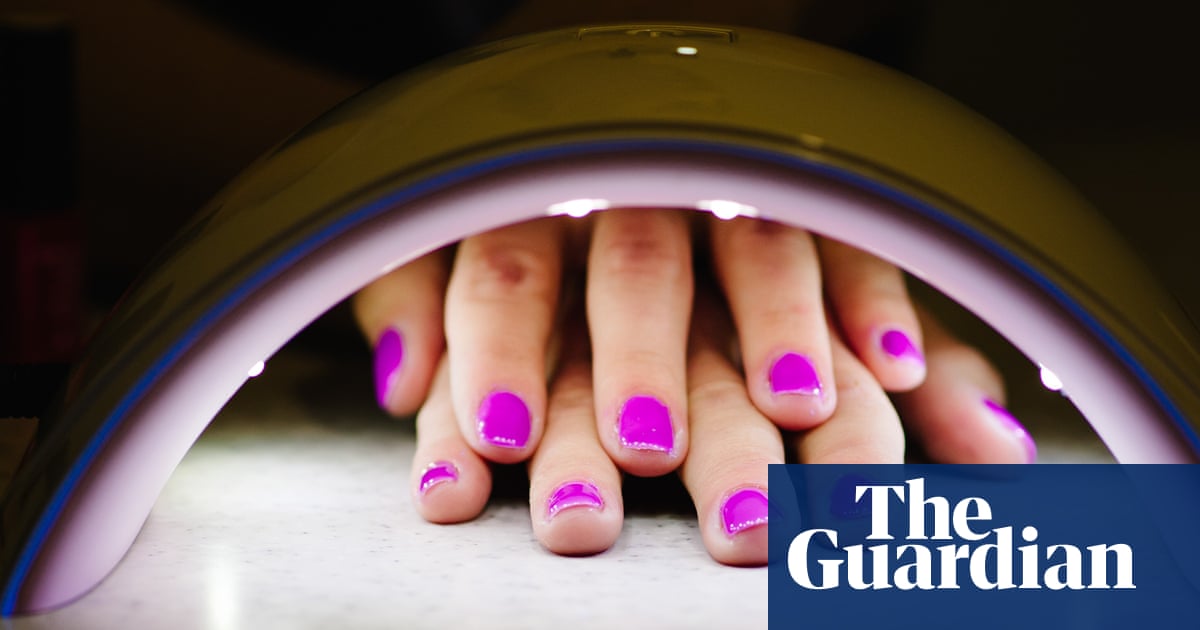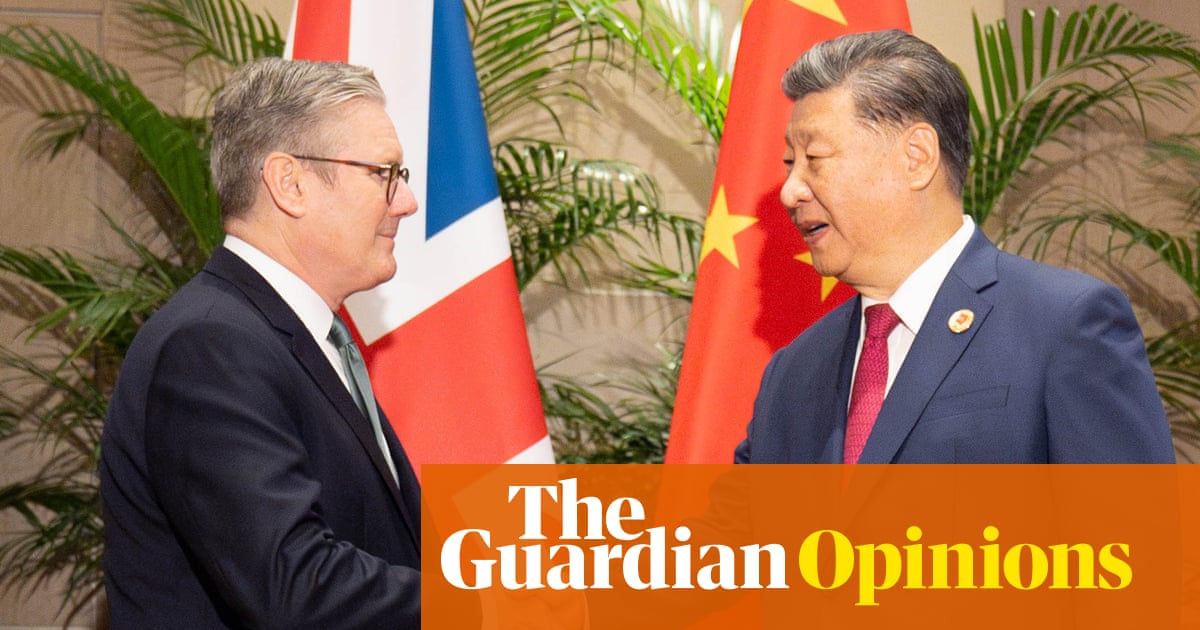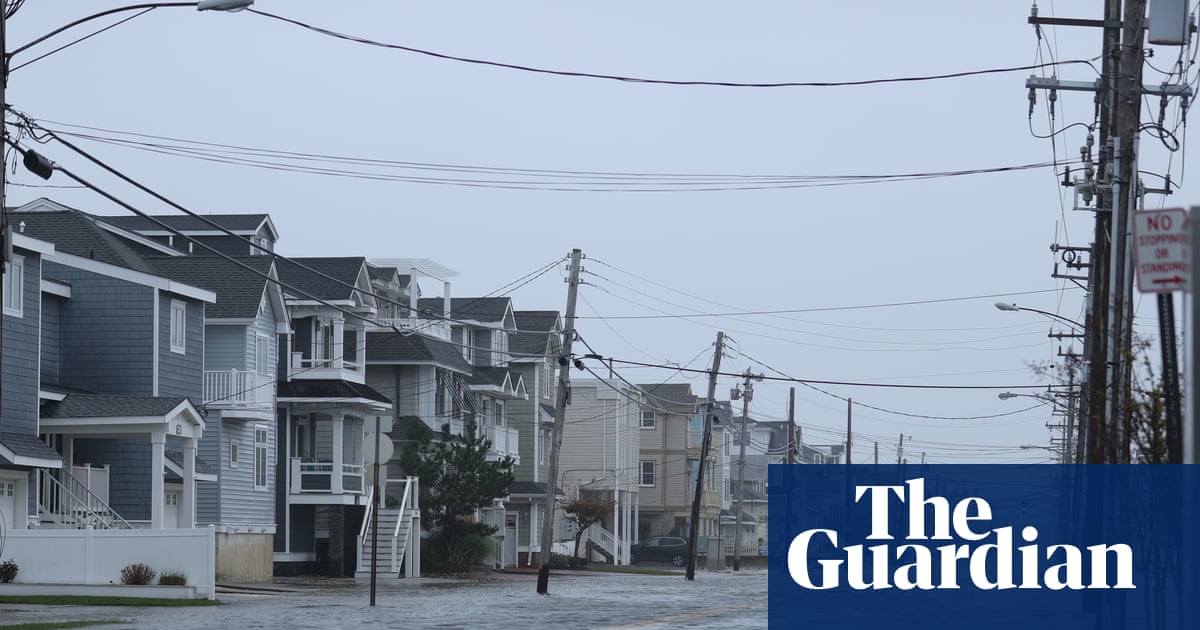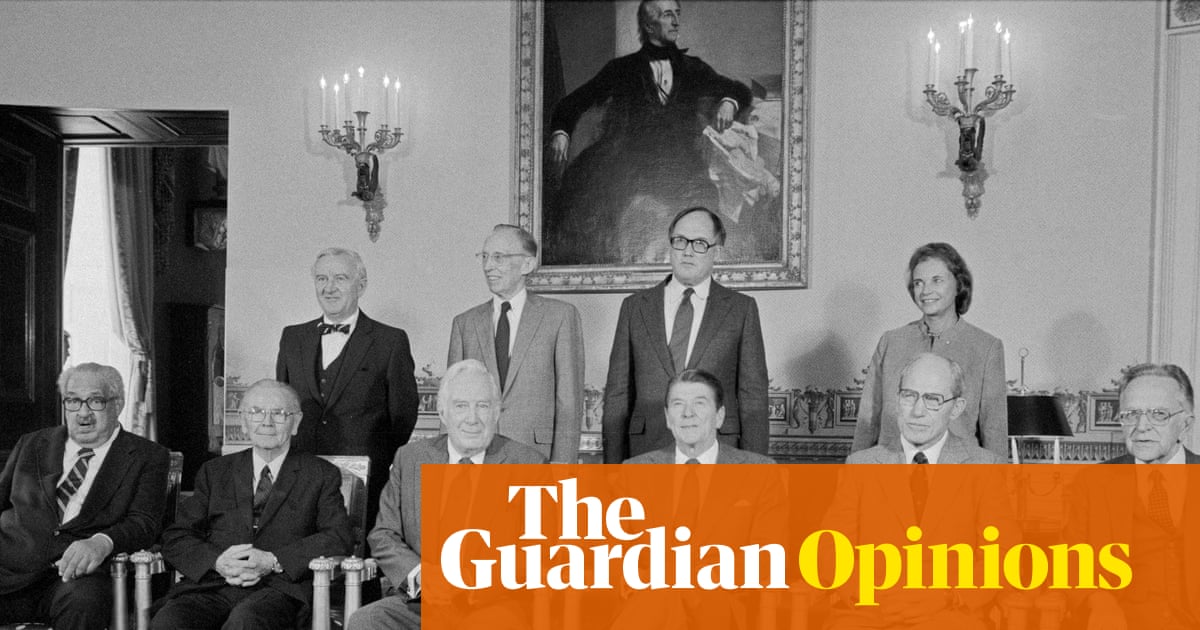In 2018, I ended a 10-year relationship and it left me broken. I became quiet and irritable; I craved isolation and found myself putting up emotional barriers to avoid having to talk to anyone about it. It felt like I’d never recover.
Taking long walks has always been one of the ways I’ve dealt with my emotional and mental state. On one of these walks around my home city, Kampala in Uganda, I discovered an abandoned warehouse. The building was in the heart of the city, among offices and factories, but seemed isolated and forgotten.
Within its walls were rooms with doors that led deeper into smaller, more hidden rooms. Rather than unsettling me, I found the emptiness reassuring, and felt at peace for the first time in months. I was able to let my guard down because I was physically and mentally alone.
after newsletter promotion
Somehow this isolated place in the middle of the city spoke to my state of mind at the time, and I chose it as the setting for my Indigogo series. Indigogo grew out of my interest in indigo dye, which was sparked when I did an artist’s residency in Salem, Washington county, Indiana, in 2017.
While looking into the history of the area as an important stop on the underground railroad, I came across author Catherine McKinley’s research on slave trade routes and the materials that could purchase a human life.
I envisioned these slaves whose lives were exchanged for indigo, and how they would eventually lose their identities and be left with nothing more than recollections of their previous existence.
I had already begun working around the Black body in my artwork before my residency in Salem, and the Indigogo project became a way for me to explore this further – how this blue substance could buy a Black body.
But the project was also very personal; a way for me to document my feelings at the time and my path as a Black woman. I used my own body in the image, which was captured through long-exposure photography. I worked with photographer Giulio Molfese, and since we could not control the amount of light coming into the warehouse, we shot it at night. The blue is a reference to the dye.
I completed the series in 2020, and have since moved on to painting, but looking back at the project now fills me with a sense of gratitude. It was one of the most difficult times of my life but I’m pleased I had the opportunity to express what I was going through. I toughened up during the process; my perspective on life and myself changed. I am older and wiser, happy that I handled it gracefully.

 3 weeks ago
24
3 weeks ago
24
